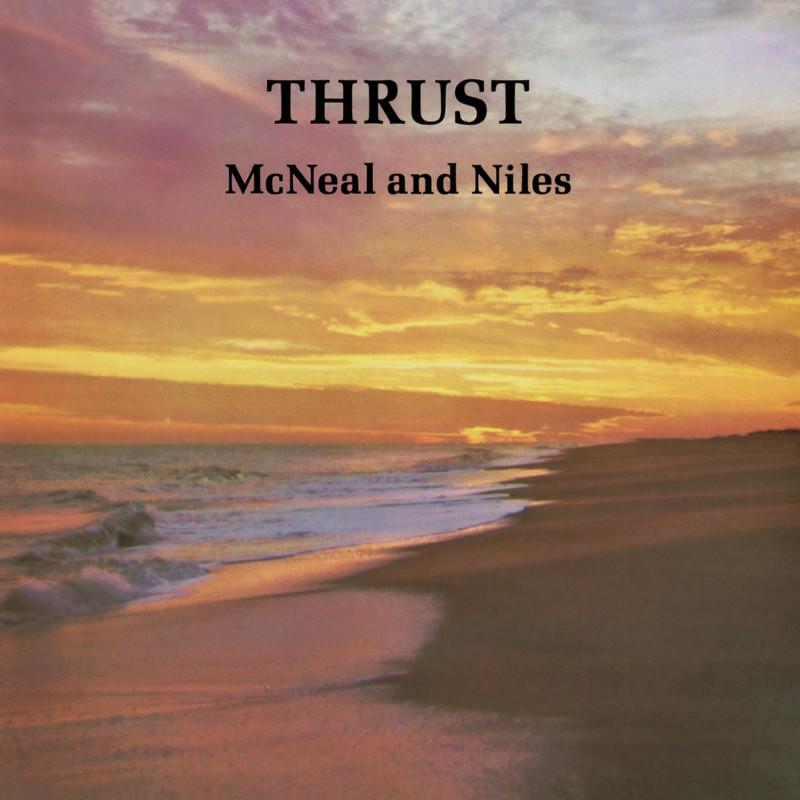 Rivethead: Tales from the Assembly Line by Ben Hamper
Rivethead: Tales from the Assembly Line by Ben Hamper
My rating: 5 of 5 stars
I read Rivethead from the perspective of someone for who lived through the time period this book was written in. Very little of this touches my direct experience except vicariously though the stories of people I’ve known who have lived a version of the life described herein. I mention this because, as in my reading of Nothin’ But Blue Skies: The Heyday, Hard Times, and Hopes of America’s Industrial Heartland, I do have a slightly stronger connection than someone reading this to get off on Rust Belt Chic ruin porn hipsterism.
Those sorts would paint Hamper as a working class revolutionary, an embedded journalist exposing the truth of life at the bottom of the American auto industry in Flint, MI in the late ’80s and early ’90s. Certainly, the book’s blurbs lead you to that line of thinking. But Hamper’s and his cohorts’ enemies weren’t really General Motors, its then-Chairman and CEO Robert Smith, or even the shop foremen of the Truck and Bus plant. Hamper writes, “Our only adversary was Father Time”, that is, the interminably slow second hand of the clock, plodding toward the end of your shift, during which your only choices are to either occupy your mind with plots to sneak out of the plant, inventing workplace-unsafe and semi-violent games like “Rivet Hockey” and “Dumpster Ball”, or numbing your mind with chemicals. Anything to escape the tedium of the “unskilled labor” for which men like Hamper were programmed. Hamper doesn’t (intentionally) expose a corporation’s secret agenda; he’s writing about what he’s living, with skills he gleaned from Catholic high school education, reading and writing poetry, listening to Mothers of Invention albums, and taking LSD. The result is prose that simultaneously delights even as it shames you for thinking, “This, from a shoprat?”
Hamper is very much a product of his time and place, a Boomer writer using WWII and Viet Nam War references to talk about the Midwest cultural clashes surrounding him: Salaried employees vs. hourly employees. Foremen vs. the shoprats. Fathers vs. sons. Mars vs. Venus. Art rock vs. Classic rock. Living and writing within his comfort zone vs. the life he could’ve had, and actually sampled through his association with filmmaker Michael Moore. (The book is worth the price of admission just to read an account of Moore outside of Moore’s narrative.) Thing is, you wouldn’t think a book of pieces written in the late ’80s/early ’90s would be as even-handed as it is about the US auto industry’s competition with Japan, and so you learn things like about how GM didn’t just try to instill a fear of Toyota in its workers, but of Ford, as well.
Consequently, being a product of his time and place, the writing shows Hamper’s exposure to the background radiation of racism, classism, misogyny, body-shaming, slut-shaming, homophobia, and ableism you’d expect from someone who grew up the Midwest in the ’60s and ’70s. (One plus: the use of the word tranny in the book only ever refers to an automobile’s transmission.) I have no reason to believe Hamper would espouse or display the above; I doubt he would in this day and age where he continues to do the occassional reading. But neither does Hamper try to disabuse you of the notion that some of his family and coworkers might.
Hamper is often referred to as Flint’s answer to Cleveland’s Harvey Pekar. Hamper’s output and subject matter certainly bear a resemblance, from life on the job right down to the unique cast of secondary characters from the line. Neither men particularly want your praise or your pity. But even Pekar’s observations occasionally had bright, if rare, moments of optimism. Harvey wanted to show profundity hidden in the quotidian. Hamper, on the other hand, shows you absurdity hidden in the drudgery.
In the end, Rivethead is the story of a man embracing his destiny, for better AND for worse, and ending in a place you don’t expect but by which you shouldn’t be especially shocked.
The truth was loose: I was the son of a son of a bitch, an ancestral prodigy born to clobber my way through loathsome dungheaps of idiot labor. My genes were cocked and loaded. I was a meteor, a gunslinger, a switchblade boomerang hurled from the pecker dribblets of my forefathers’ untainted jalopy seed. I was Al Kaline peggin’ home a beebee from the right field corner. I was Picasso applyin’ the final masterstroke to his frenzied Guernica. I was Wilson Pickett stompin’ up the stairway of the Midnight Hour. I was one blazin’ tomahawk of m-fuggin’ eel snot. Graceful and indomitable. Methodical and brain-dead. The quintessential shoprat. The Rivethead.
View all my reviews







